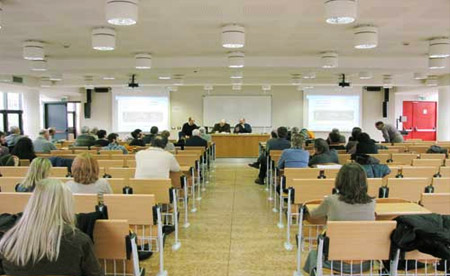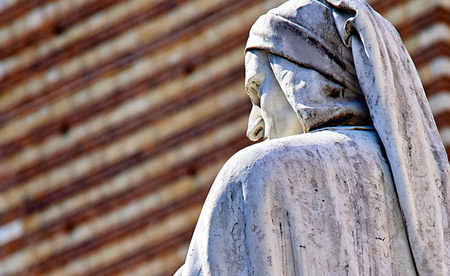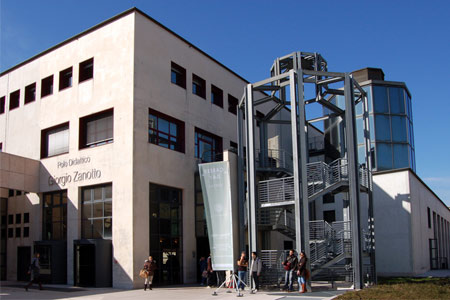- Autori:
-
Borghetti, Vincenzo
- Titolo:
-
Komponieren nach einer Vorlage
- Anno:
-
2013
- Tipologia prodotto:
-
Contributo in volume (Capitolo o Saggio)
- Tipologia ANVUR:
- Contributo in volume (Capitolo o Saggio)
- Lingua:
-
Tedesco
- Formato:
-
A Stampa
- Titolo libro:
-
Handbuch der Musik der Renaissance 2
- Casa editrice:
- Laaber Verlag
- ISBN:
- 9783890077024
- Intervallo pagine:
-
317-353
- Parole chiave:
-
Intertextuality in renaissance music; Music and Humanism; Music historiography
- Breve descrizione dei contenuti:
- All musical works, like all literary and visual ones, exist in relation to other pre-existing and contemporary works. Intertextuality is the very condition of artistic creation, and therefore all musical works are to some degree intertextual. Between the mid-fifteenth and the early-seventeenth century, however, emphatically and self-consciously intertextual composition acquired unprecedented importance, thus becoming a characteristic feature of the music-historical period generally called “Renaissance.” Rather than simply presupposing implicitly other previous or contemporary works, an increasing number of pieces made their intertextual dimension explicit, proudly exhibiting their condition as second-degree compositions. This study offers a new perspective on this crucial issue, taking its cue from from recent important studies of "imitatio" and its cultural meanings especially by literary historians and theorists. These studies emphasize an aspect of the phenomenon to which thus far musicologists have paid relatively scant attention, that is, the shaping of the relationship between present and past in terms of “tradition.” Among the most interesting characteristics of explicitly intertextual compositions is the frequency with which they posited older works as their “hypotexts” (Genette). In many cases these hypotexts came from several generations before, as demonstrated, for example, by the reworkings of songs such as "O rosa bella", "Fors seulement", and by some of Josquin’s motets. Therefore, a direct and explicit relationship between the works of the present and those of a sometime remote past was established, resulting in relatively long compositional traditions - an unprecedented phenomenon in music history. Focusing on the reworkings of a celebrated models, Bedyngham/Dunstable "O rosa bella", Ockeghem’s "Fors seulement", Josquin's "Praeter rerum seriem" and others I analyze and discuss emphatically intertextual works not so much in the light of a possible musical reception of rhetorical precepts already elaborated in other fields, but as links in a chronological chain of pieces considered worthy of being remembered, reheard, and recomposed. These lines of authoritative musical works linked by strongly exhibited intertextual connections testify to a perception of the past no longer as a generic “before,” but as history in the modern and emphatic meaning of the term. In fact, this kind of intertextuality may turn out to be among the most significant ways in which musical composition proclaimed a newly acquired awareness of its own history, thus becoming (early) modern.
- Id prodotto:
-
77443
- Handle IRIS:
-
11562/318663
- depositato il:
-
16 luglio 2013
- ultima modifica:
-
24 ottobre 2022
- Citazione bibliografica:
-
Borghetti, Vincenzo,
Komponieren nach einer Vorlage
Handbuch der Musik der Renaissance 2
,
Laaber Verlag
,
2013
,
pp. 317-353
Consulta la scheda completa presente nel
repository istituzionale della Ricerca di Ateneo 








